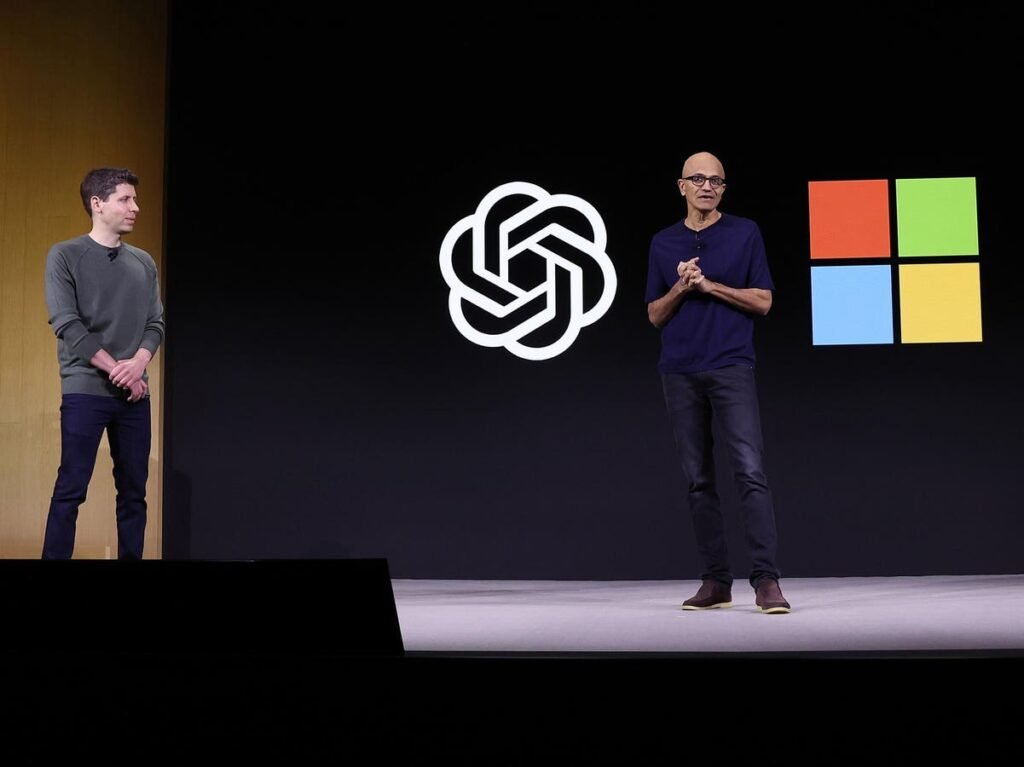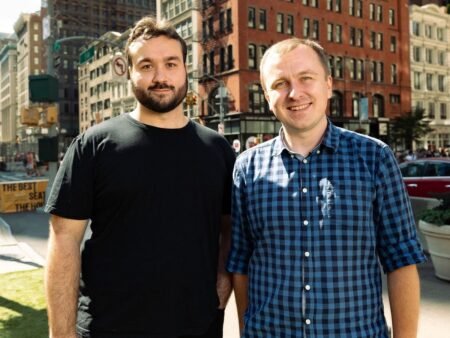In the world of artificial intelligence, the partnership between Microsoft and OpenAI has become increasingly intricate. Dating back to 2019, Microsoft made a significant investment in OpenAI, further solidifying their relationship in 2023 with a reported $10 billion investment. This partnership has allowed OpenAI to utilize Microsoft’s resources and funding, while Microsoft has integrated OpenAI’s AI models into its products like GitHub Copilot and Azure cloud services.
However, recent developments have raised questions about the competitive dynamics between the two companies. While the collaboration initially provided advantages, such as Microsoft integrating OpenAI products into its technology, it has also led to direct competition. For example, Microsoft’s revamp of Bing with ChatGPT technology challenged Google’s search dominance, while OpenAI’s development of ChatGPT plugins positions it as a competitor in the search space as well.
The competitive clash extends to AI-powered news curation and advertising, with both companies making strategic moves in these markets. Microsoft’s integration of AI into its Start platform and OpenAI’s experiments with DALL-E for ad creation indicate overlapping ambitions. This competitive landscape can be attributed to market opportunities, differentiation, and strategic independence sought by both companies.
Looking ahead, both Microsoft and OpenAI face critical strategic decisions. Microsoft must balance its use of OpenAI’s technology to avoid reliance on a single partner, while OpenAI must navigate product development without alienating its biggest investor. As the AI landscape continues to evolve, the relationship between Microsoft and OpenAI will likely remain complex, setting a precedent for partnerships in the tech industry. As these two powerhouses shape the future of technology, their ability to balance competition and collaboration will be crucial for the advancement of AI as a whole.











